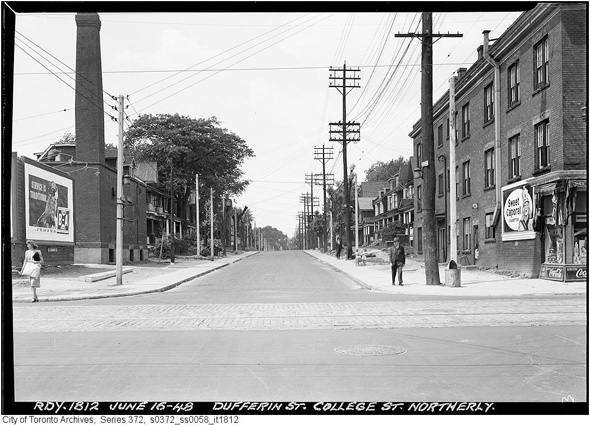I remember the 1950’s and 1960’s, when the PCC streetcar trains would be loading up on the nearside of intersections. They would close the doors, and if they had a YELLOW light, they would start into the intersection, and even if the cross street gets their green the second streetcar in the two-car train would roll on through the intersection. Of course, being a “street railway”, it was assumed by us that the streetcars had the priority.
In the 1950’s and 1960’s, streetcar and subway operators did not have to have a MTO driver’s license. Only if they drove the buses. Today, they have to “follow the rules of the road”, including the traffic signals, which were originally designed for motor vehicles.
From Steve Munro, at this link...
A PCC train of two streetcars of yesterday, is roughly the same length of one Flexity Outlook streetcar today. Very likely on the suburban light rail lines (Line 5 and 6, to start), a train of two Flexity Freedoms would be equivalent to FOUR PCC streetcars in length, while a train of three Flexity Freedoms would be equivalent to SIX PCC streetcars. Wonder how they would handle "a blushing amber"?
Meanwhile...






